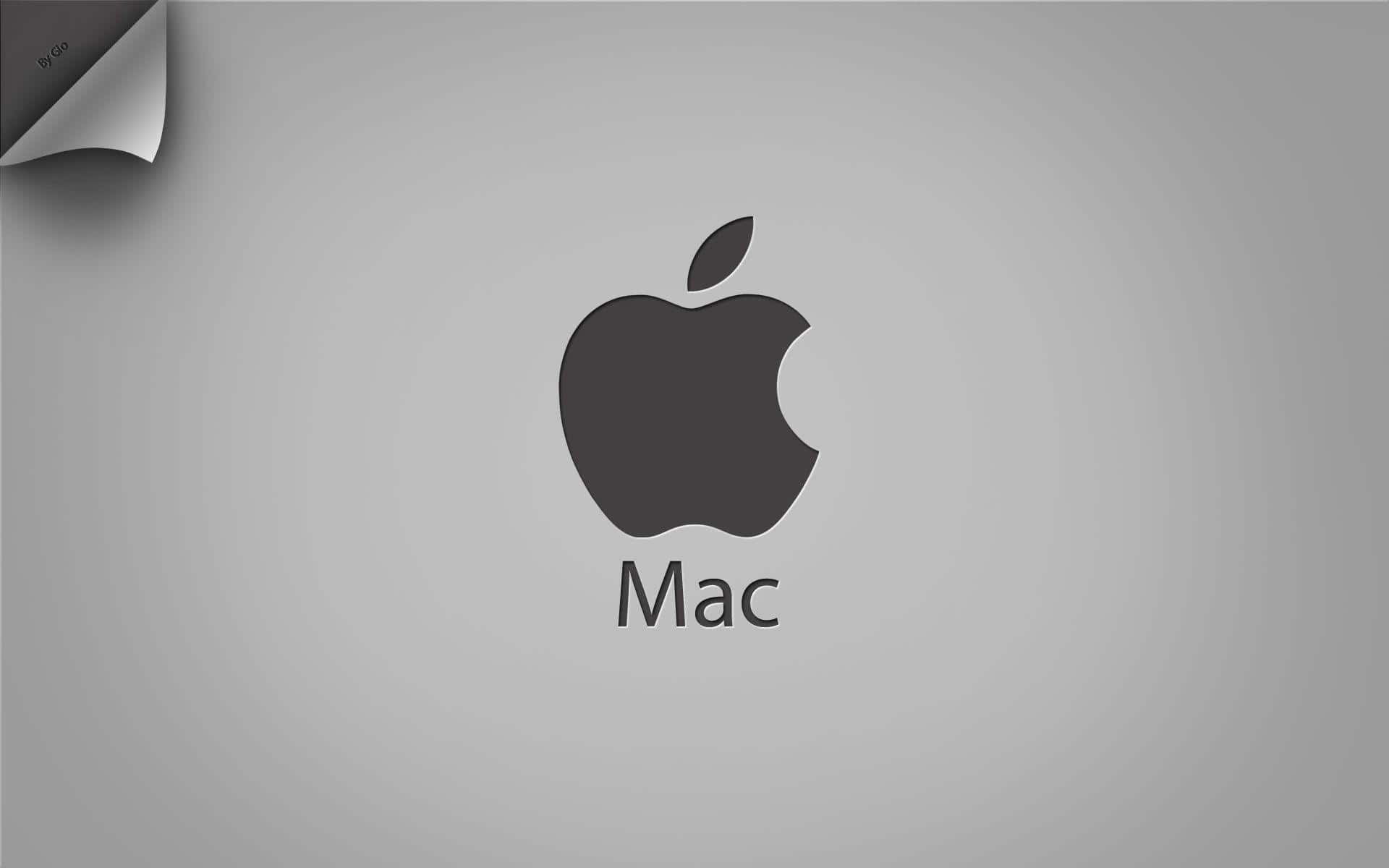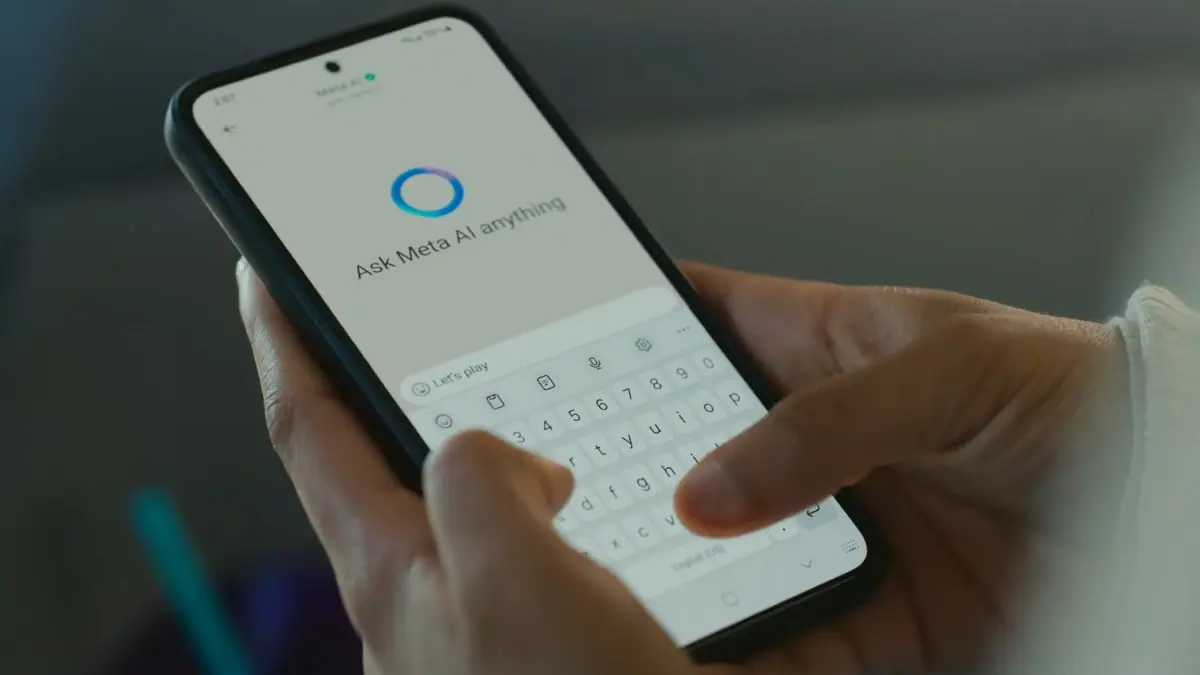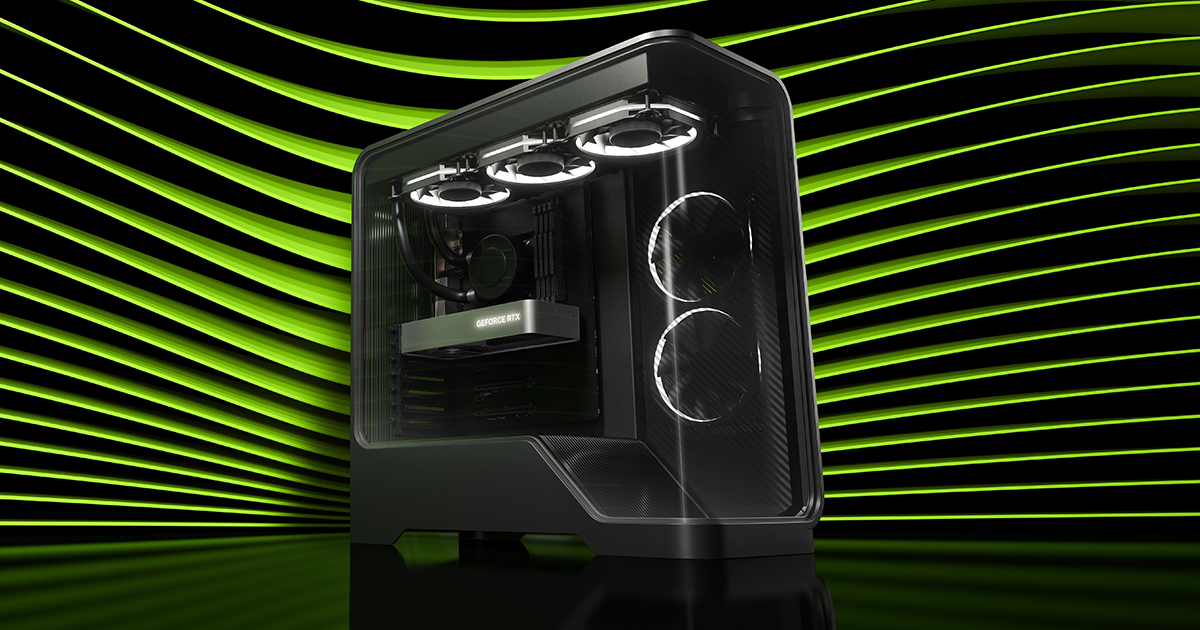Three Ways To Take Screenshots Using Your Mac
3 min. read
Published on
Read our disclosure page to find out how can you help MSPoweruser sustain the editorial team Read more

Screenshots are one of the most important functions our computers can offer us, especially when you need to capture something important in just a snap. We already discussed how you can do this in your Windows 10 and 11 OS, and there are lots of ways how you can do it, from using keyboard shortcuts to executing your Snipping Tool or Snip & Sketch. Doing the said function for Mac owners, however, is different. That said, here’s how you can do a screenshot if you are a new Apple Mac owner.
Taking a screenshot of the entire screen on a Mac

- To start, just press and hold the Shift, Command, and 3 keys simultaneously.
- Pushing the keys will give you a thumbnail that will appear in the corner of your screen. You can ignore it to let the Mac automatically save the image (and the thumbnail will disappear) or click it to edit the screenshot.
Taking a screenshot of only a portion of the screen

- Press and hold the Shift, Command, and 4 keys together and wait for the crosshair prompt.
- Drag the crosshair to choose the specific area that needs a screenshot. You can press and hold the Space bar while dragging to move the selection. To execute the screenshot, release your mouse or trackpad button. On the other hand, if you want to cancel the screenshot using the crosshair, just press the Esc (Escape) key.
- A thumbnail will appear in the corner of your screen after a successful screenshot process. You can ignore it and wait for the Mac to save it automatically or click it to edit.
Taking a screenshot of a window or menu

- Open the menu or window that needs a screenshot.
- Simultaneously press and hold the Shift, Command, Space bar, and 4 keys and wait for the pointer to change to a camera icon. Press the Esc (Escape) key if you want to cancel the screenshot.
- Use the camera icon to click the window or menu you want to capture.
- Press and hold the Option key as you click if you want to exclude the window’s shadow from the screenshot.
- You’ll see a thumbnail in the corner of your screen. You can click it to edit the screenshot or ignore it and wait for it to be saved to your desktop.
The screenshot you get from the different processes mentioned above will be saved with a particular name format of” Screen Shot [date] at [time].png.” In macOS Mojave or later, you can use the Screenshot app to set a timer and choose where screenshots are saved. Press and hold the Shift, Command, and 5 keys together to open the app and make the changes. Users also have the option to just drag the thumbnail to a folder or document.









User forum
0 messages